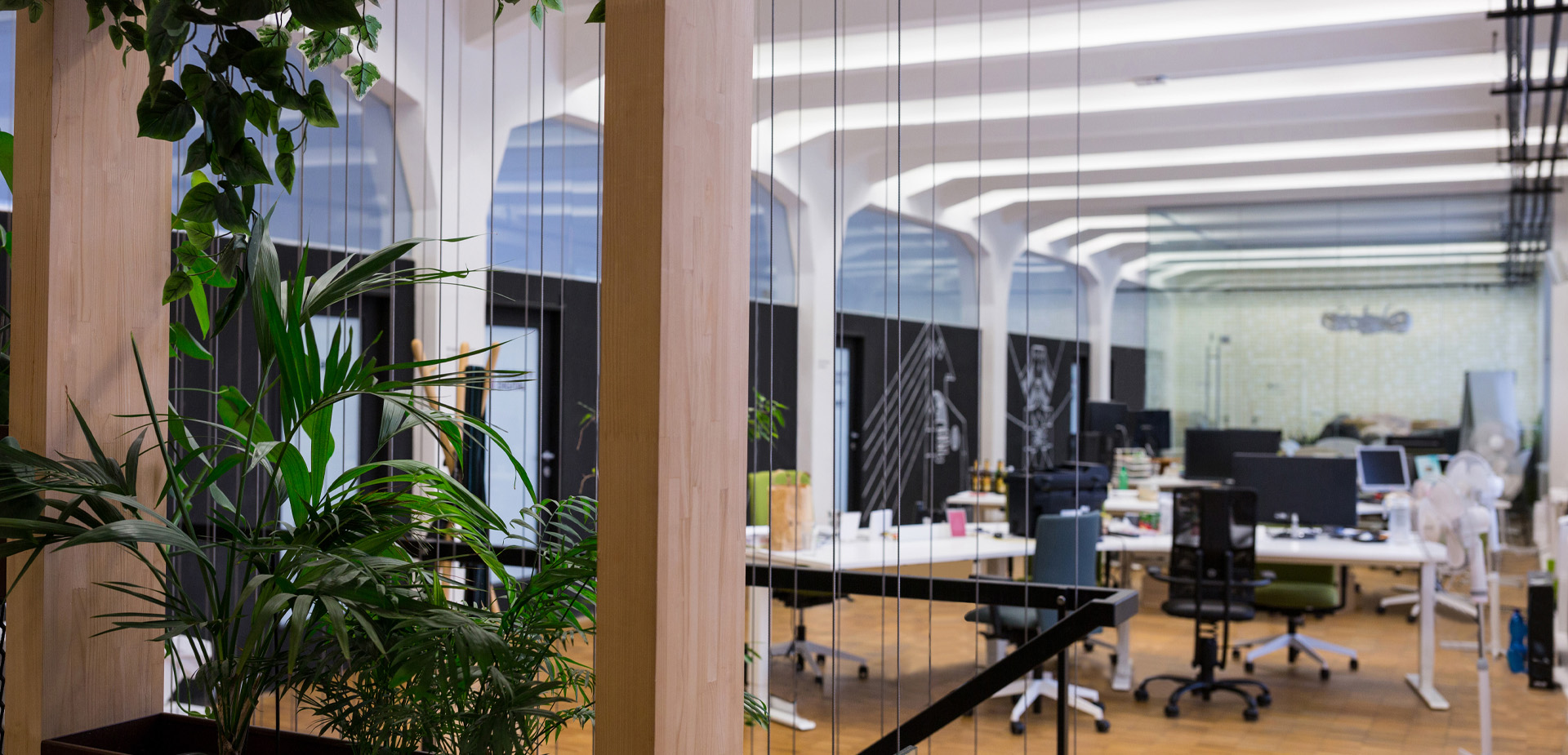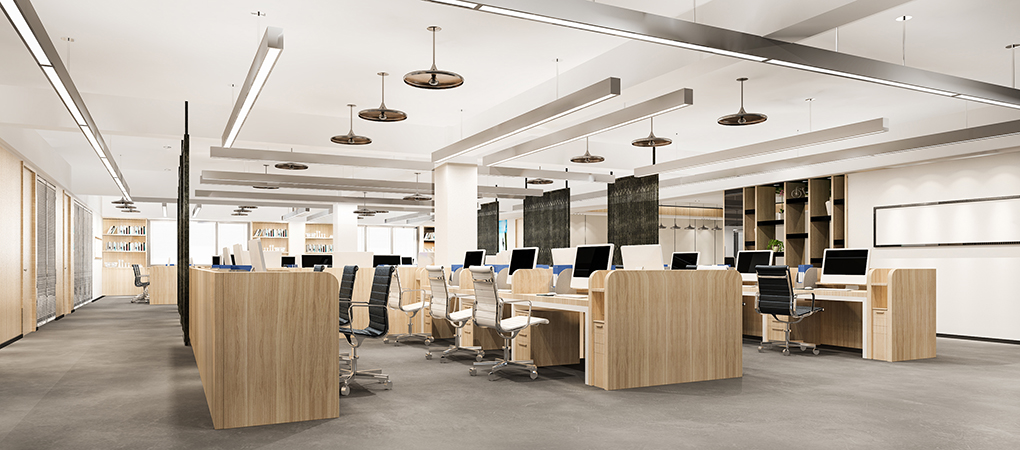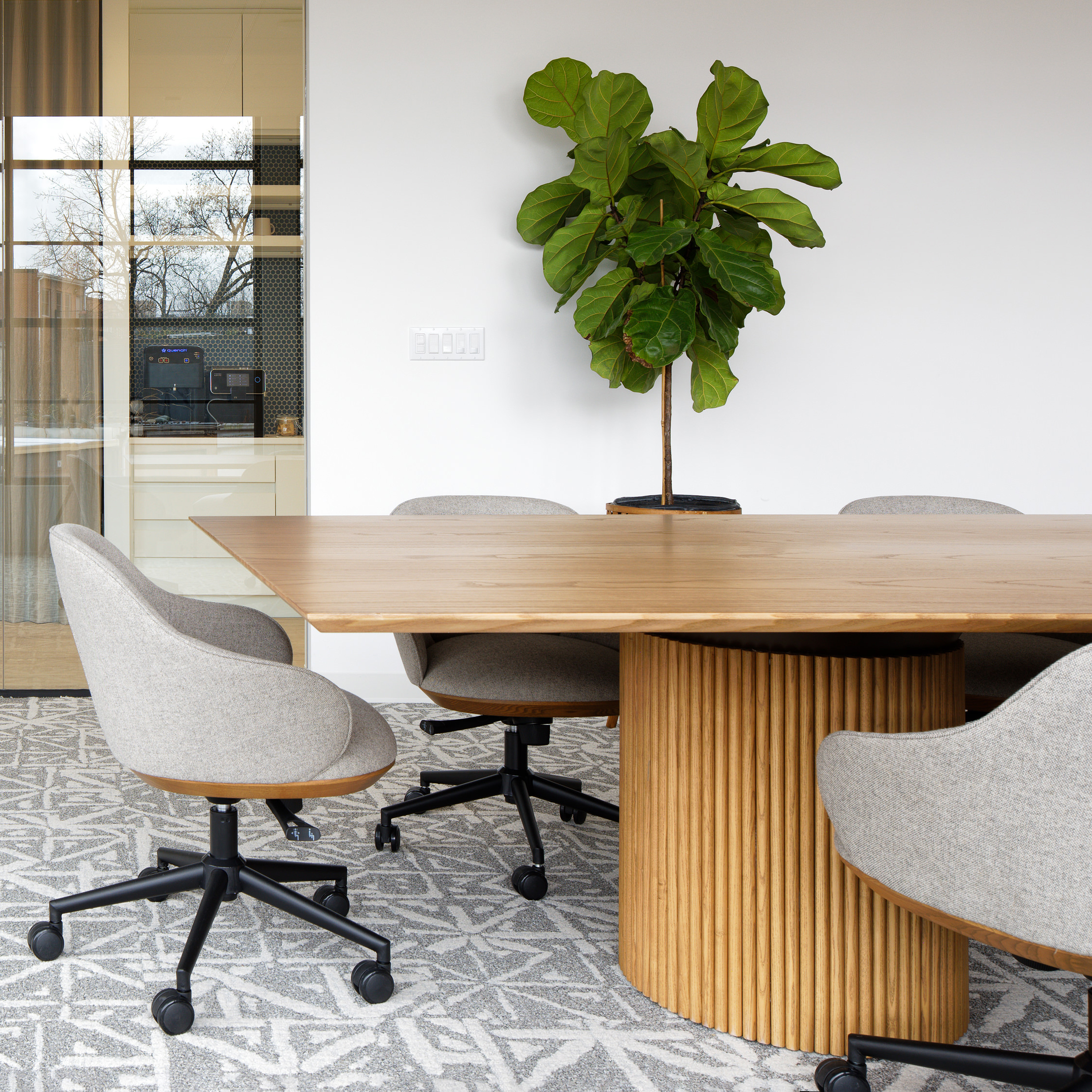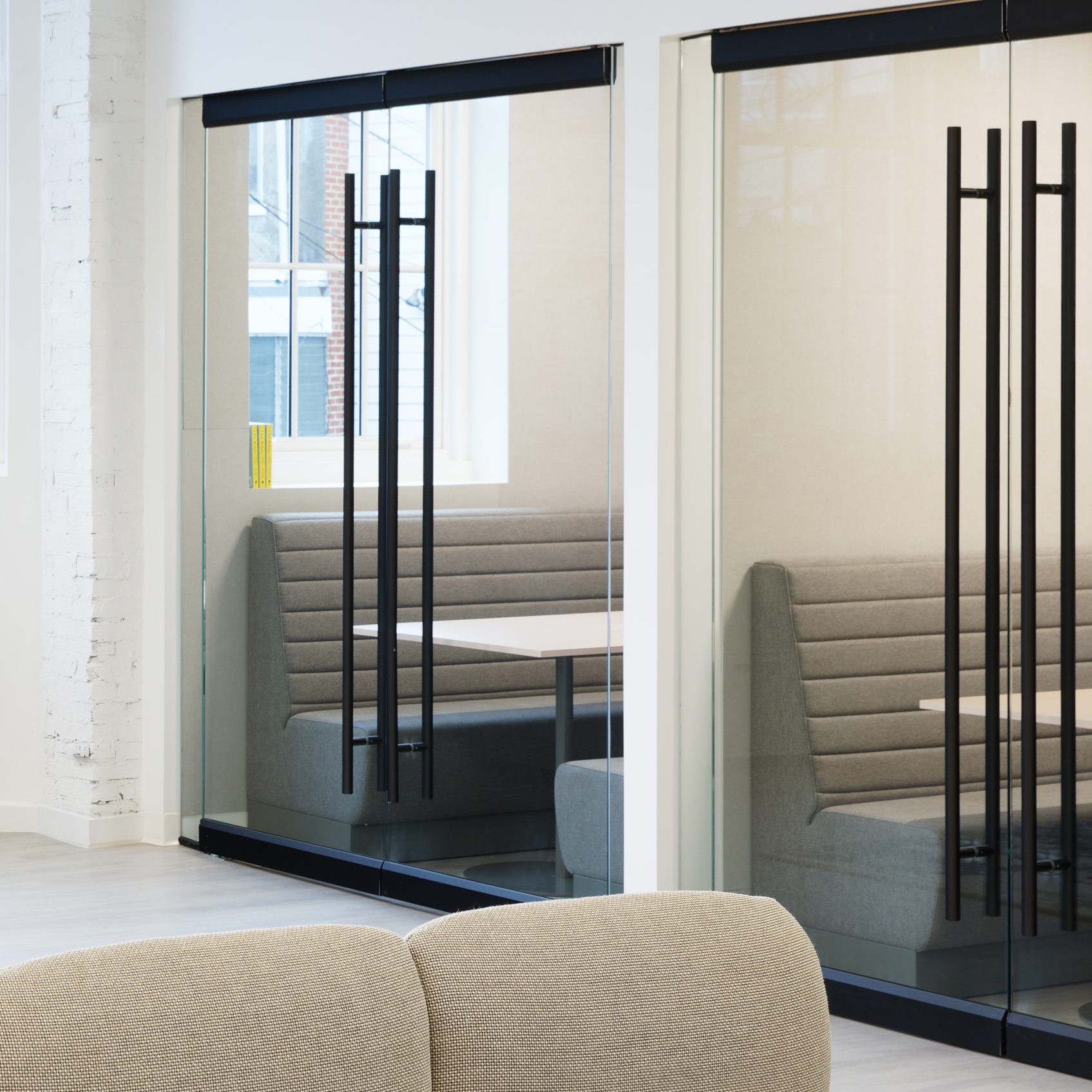-
For years, the open-plan office dominated workplace design, promising collaboration and transparency. But as workstyles have evolved, so have the shortcomings of this one-size-fits-all approach. Today, flexible workspaces are taking center stage, offering a hybrid approach that balances privacy, adaptability, and collaboration.
-
-
Modern offices are increasingly incorporating modular furniture that can be easily reconfigured to suit different needs. From acoustic pods for focused work to lounge areas that encourage informal meetings, flexibility is key to enhancing both productivity and well-being. These spaces allow employees to choose how and where they work, catering to the varying demands of hybrid schedules and diverse job functions.
-
Another significant trend in flexible office design is the integration of acoustic solutions. Open spaces can often be noisy and distracting, reducing efficiency. Acoustic panels, privacy screens, and sound-absorbing furniture help create a more balanced environment, allowing for both quiet concentration and active discussion.
-
-
-
Technology also plays a crucial role in flexible workspace design. Smart desks, booking systems for meeting rooms, and adaptable lighting help create an environment that responds dynamically to the needs of its users. Ultimately, the future of workplace design is about empowering employees with choice—ensuring that office spaces support both individual focus and collective innovation.



